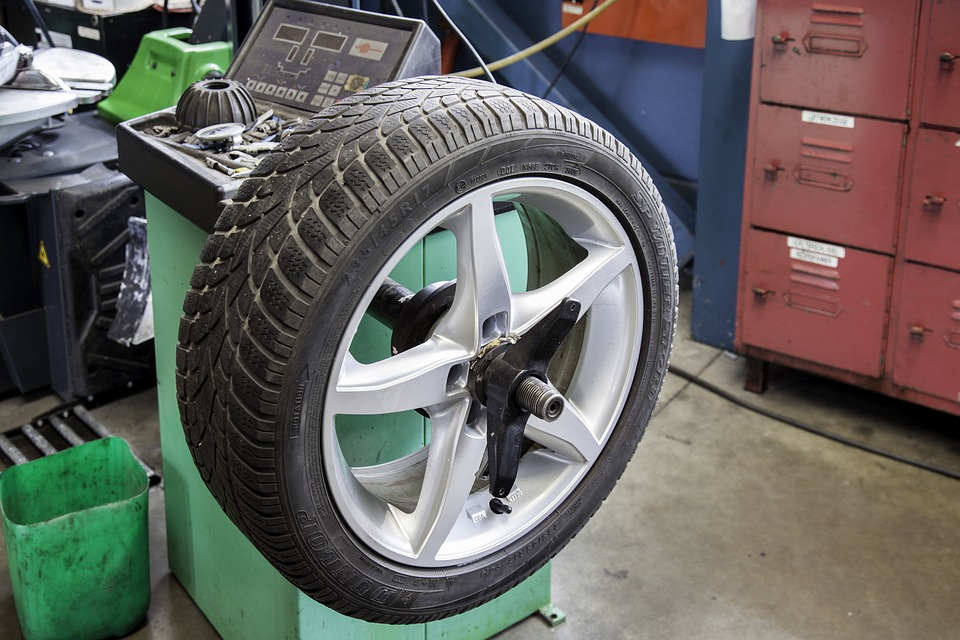Aligning and balancing your car allows you to be in control of your car.
Your vehicle has a complex system of different inter-working parts. The tires are the contact point between the road and the other components. When tires get damaged, they affect the other interconnected parts.
Well-balanced and aligned car tires extend the car’s life, keeping it working perfectly on the road. However, many car owners neglect to regularly align and balance their tires.
Understanding Wheel Alignment
If talking about the car alignment, this implies the car suspension adjustment (a system that relies on the vehicle’s wheel and suspension). It is made by aligning the wheel’s predefined angles with the perpendicular ground and each other in parallel. Wheel alignments involve:
Toe: Toe alignments involve the extent to which your car tires turn outward or inward when you view them from above.
Camber: This is your sidewall’s outward or inward angle when you look at them from the front. The case with outward and inward tilt (positive and negative camber, respectively) is when your tires have been incorrectly aligned. Alignment camber is the result of the drive train parts aging and wearing out.
Caster: The caster angle helps in balancing your car’s steering, cornering, and stability. If your car has a positive caster, your steering axis tilts toward the direction of the driver. On the other hand, a negative caster will make the steering axis tilts towards the vehicle front.
Causes of Wheel Misalignment
Your wheels can be misaligned due to sudden impact to your car. This can happen when you hit utility holes and potholes. Misalignment affects your car’s fuel efficiency and safety.
Signs of Wheel Misalignment
- Uneven or rapid tire wear
- Vibrating steering wheel
- Car drifting to one side
- Uneven braking.
Importance of Wheel Alignment
- An adequately aligned wheel eliminates steering, brakes, and suspension stress, preventing unwanted wear.
- It reduces uneven and premature tire wear.
- Adjusting the wheels according to manufacturer specifications improves straight-line stability, steering wheel returnability, and cornering performance.
- It increases car safety
- Prevents car accidents.
- Improves fuel efficiency.
- Prevents frequent visits to your mechanic, thus saving you money.
Understanding Wheel Balancing

Wheel balancing is an integral part of safety, smooth driving, stability, and tire wear. Its primary purpose is to allow the tires to spin without causing any vibrations.
Balancing refers to checking out the heavy spots on the wheel-tire combination and then compensating them for the weight imbalances.
Compensation of the imbalanced wheels involves installing steel, zinc, or lead of the measured weight on the opposite side that lacks proper weight distribution. This ensures both sides have a balanced weight.
Causes of Wheel Imbalance
When the weight distribution around your car axle shifts, it causes imbalance. This can occur due to
- Hitting potholes or the curb
- Taking sharp turns that affects your car’s axle.
Signs of Imbalanced Wheels
- Tire noise
- The vibration of the steering wheel, seats, or floor
- Uneven and faster tire wear
- Problem with steering.
Importance of Performing Tire Balancing
It improves the vehicle’s performance by eliminating vibration from wheel and tire assembly, thus ensuring a more comfortable and smoother ride.
- Reduces high chances of premature tire wear
- Increases fuel efficiency
- Promotes better traction.
How Frequently Should Tire Balancing and Alignment be Done?
Driving long distances and on rough surfaces significantly affects your tires. As such, performing car alignment and balancing every six months or every 6,000-10,000 km should become your golden rule.
However, as you embrace wheel balancing and alignment, don’t forget to frequently clean your wheels for added car protection. This will prevent the wheel bearing and components’ premature failure due to grime and dirt.
Final Word
No one likes to drive a bumpy, unbalanced, and vibrating car. Wheel alignment and tire balancing play a vital role in ensuring your car’s efficient and safe operation.
Remember to keep your tires balanced and aligned for greater control and the many benefits we have outlined above.
Author: Rita Jason






